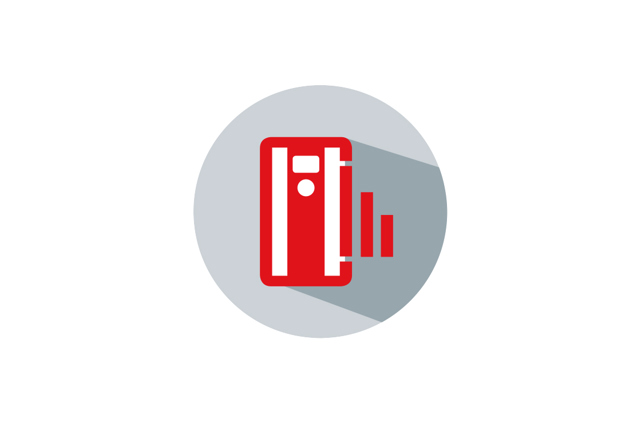Harmonics compliance: Use mitigation only when needed
Excessive total harmonic distortion in the distribution network costs money. You risk damage to critical equipment, reduced productivity and lower efficiency. Danfoss gives you expert advice on how to reduce this risk, at optimal cost. Using new drive technologies, you can save significantly on sizing and dimensioning of the electrical network, whilst mitigating harmonic content.. Therefore, to optimize the overall electrical system, it’s vital to select the drive (VFD) early in the system design phase.
How can you curb costs and still comply with power quality regulations?



What’ s new in variable speed drive technology?
Today, harmonic mitigation in drive systems has improved. Variable speed drive systems optimized for low-harmonic performance can now operate at 3-5% total harmonic distortion (THDi), at unity power factor, with lower common mode impact, and lower supra harmonic impact. Drives can also eliminate the full load current impacts caused by direct-online (DOL) motor starting. All of this means that supply transformers and backup generators can be dimensioned significantly (10-30%) smaller. Cables, fuses and switchgear can also be smaller. These components are expensive and can affect the ability to meet the budget constraints of a project. Careful, early drive (VFD) selection can therefore play a major part in ensuring project success.
Is harmonic distortion costing you money and downtime?
Factors impacting choice of harmonic mitigation methods include: compliance load profile, power factor distribution, electrical grid conditions, physical size of the installation (especially for retrofits), efficiency, and performance of power systems.

Harmonic mitigation: When designing a system, plan the drive (VFD) first
Using new drive technologies, you can mitigate harmonics while saving significantly on sizing and dimensioning of the electrical network. Therefore, to optimize the overall electrical system, it is vital to select the drive (VFD) early in the power system design phase. Drives offer much more than just turning your motors.

Optimize electrical system design
When designing an electrical system, optimizing for harmonic mitigation also means optimizing system design for cost, power quality, and Scope 1, 2, and 3 emissions. Whether for new-build or retrofit, design the electrical system to ensure:
- Reduced initial up front capital cost
- Minimal long-term operational costs
- Minimal practicable impact of harmonics from drives on the supply network and the wider system, including driven loads
Consider the needs for lower greenhouse gas (GHG) emissions in accordance with legislation. The design must also match the ambition of the site (or client) to meet their Scope 1,2, and 3 (GHG) emission targets, and commitments to achieve carbon net zero.

